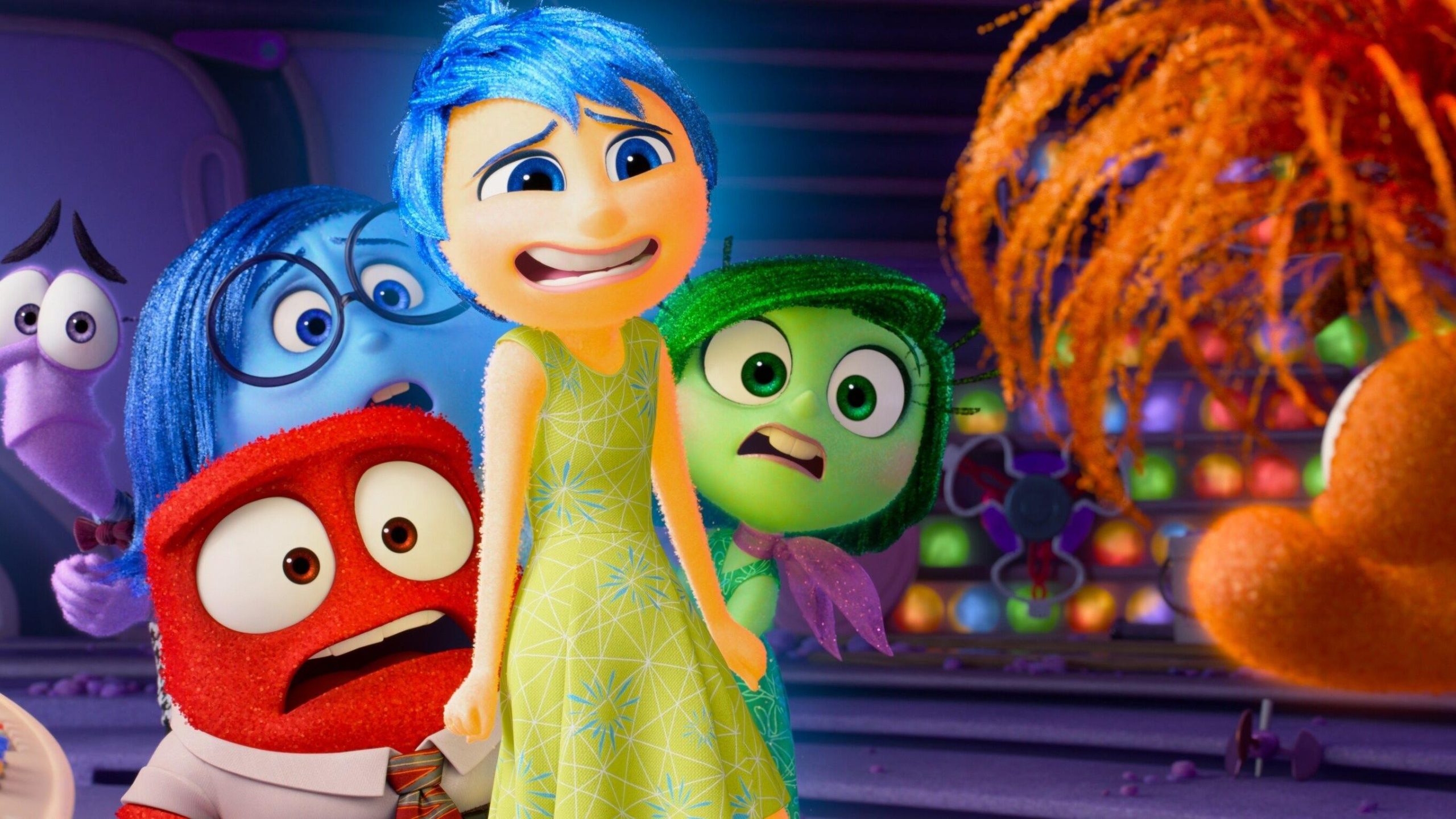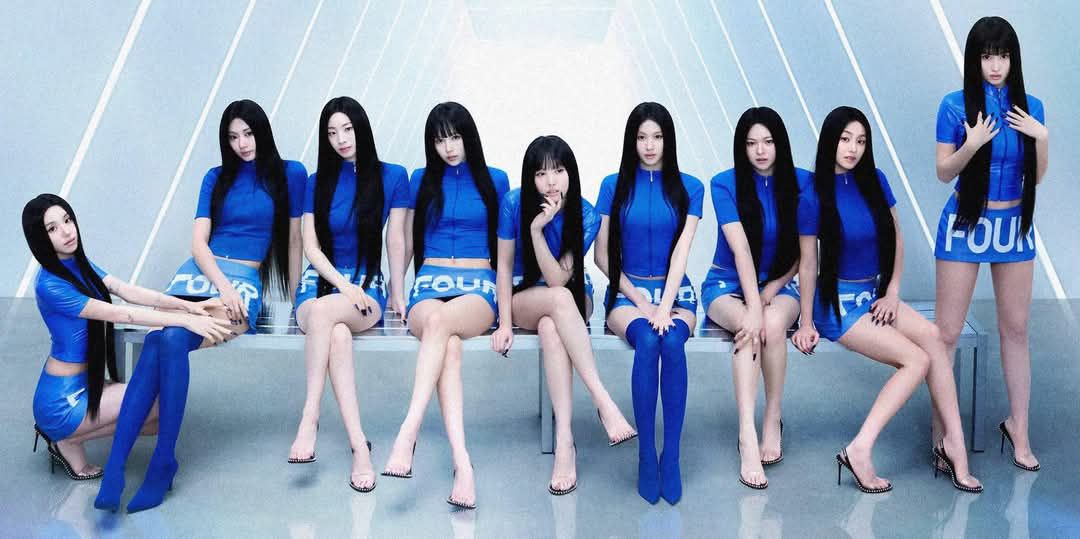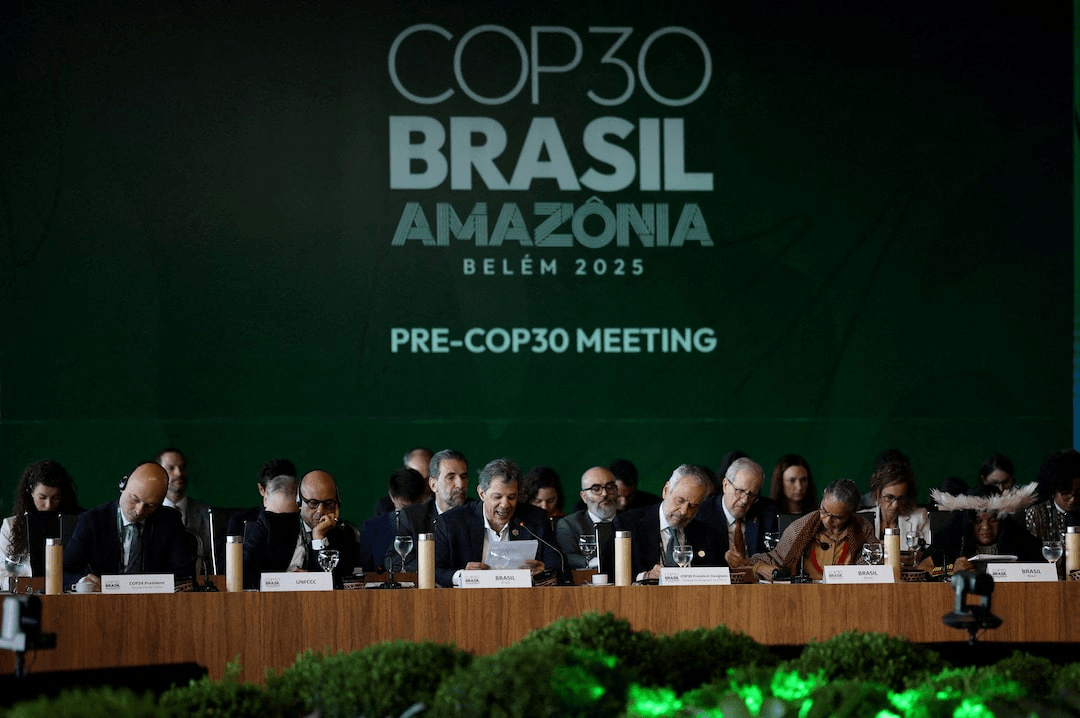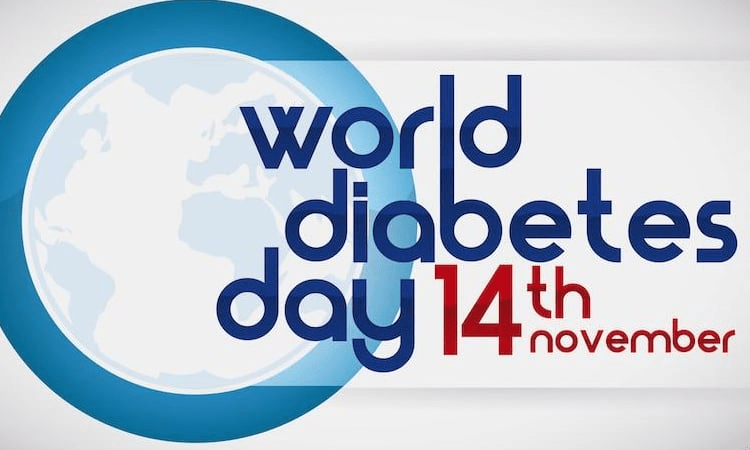The vintage pivot
From denim repaired with visible mending to watches with faded dials, “used-looking” is now a sellable aesthetic—and a business strategy. A new report tracks how brands are promoting pre-owned drops, archive reissues and intentionally “aged” finishes to court younger shoppers. Gen Z buyers, squeezed by prices yet willing to spend on meaning, see heritage as authenticity rather than thrift alone. For labels, the shift creates new revenue from old stock, reduces waste, and burnishes sustainability claims without overhauling factories. Secondhand marketplaces, once rivals, are becoming partners—hosting curated brand shops and verification services that assure buyers the patina is real, not gimmick.
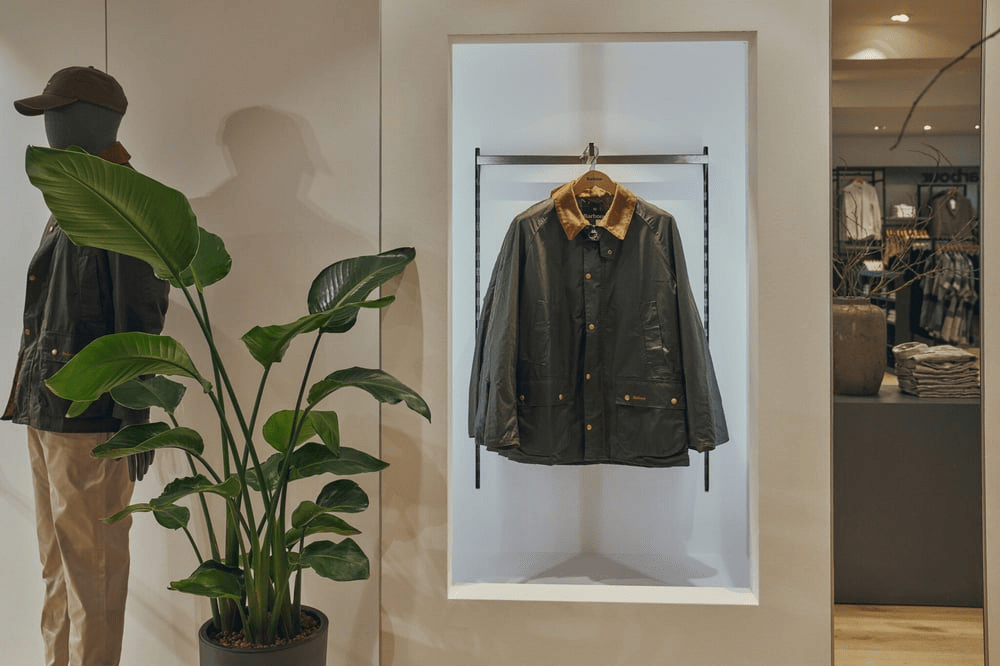
Winners, risks and what’s next
The opportunity is biggest for companies with deep archives and repair networks. Denim and workwear labels can justify premium pricing via lifetime fixes, while luxury houses monetize refurbishment programs that keep customers inside their ecosystems. The risk is performative “fake vintage” that reads as greenwashing. Today’s consumer can check provenance and rejects shallow storytelling. Experts say the trend’s staying power depends on transparency: item histories, repair logs and materials disclosure. Expect more collaborations with artisans and a rise in modular designs meant to be taken apart and re-stitched. If brands get it right, “buy once, repair forever” could move from niche to norm—reshaping margins and marketing in fashion’s next cycle.

 TPW DESK
TPW DESK 







